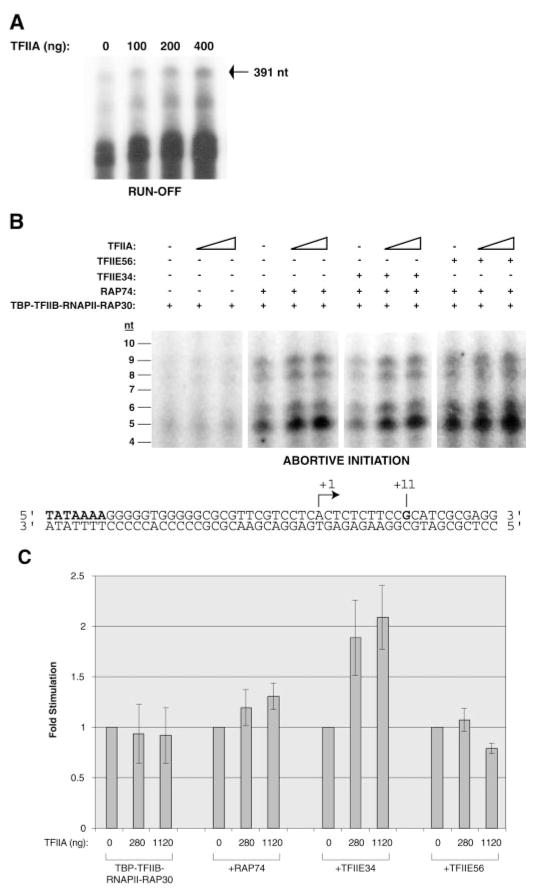Fig. 6. Stimulation of basal transcription by TFIIA.
A, run-off transcription assays were performed on a supercoiled template carrying the AdMLP using TBP, TFIIB, TFIIE, TFIIF, and RNAPII in either the absence or the presence of increasing amounts of TFIIA (100, 200, and 400 ng). The position of the accurately initiated transcript (391 nt) is indicated. B, abortive initiation assays were performed on a synthetic double-stranded oligonucleotide carrying the AdMLP using TBP, TFIIB, RAP30, and RNAPII in either the absence or the presence of RAP74 alone, RAP74 and TFIIE34, and RAP74 and TFIIE56. Increasing amounts of TFIIA were added to the reactions. The positions of the abortive transcripts (4–10 nt) are indicated. C, quantification of the stimulatory effect of TFIIA on abortive initiation. The intensity of the bands corresponding to the abortive transcripts from 4–6 experiments were quantitated using a PhosphorImager. The measured intensities were used to calculate the ratios of amount of transcript produced in the presence of TFIIA to that produced in its absence in each case (Fold Stimulation).

